Unveiling the Enchanting Realm of Step 2 Fantasy Vanity Dimensions
Related Articles: Unveiling the Enchanting Realm of Step 2 Fantasy Vanity Dimensions
Introduction
With great pleasure, we will explore the intriguing topic related to Unveiling the Enchanting Realm of Step 2 Fantasy Vanity Dimensions. Let’s weave interesting information and offer fresh perspectives to the readers.
Table of Content
- 1 Related Articles: Unveiling the Enchanting Realm of Step 2 Fantasy Vanity Dimensions
- 2 Introduction
- 3 Unveiling the Enchanting Realm of Step 2 Fantasy Vanity Dimensions
- 3.1 Understanding the Concept
- 3.2 The Significance of Step 2
- 3.3 Exploring the Dimensions of Step 2
- 3.4 The Art of Character Design
- 3.5 FAQs about Step 2 Fantasy Vanity Dimensions
- 3.6 Conclusion
- 4 Closure
Unveiling the Enchanting Realm of Step 2 Fantasy Vanity Dimensions
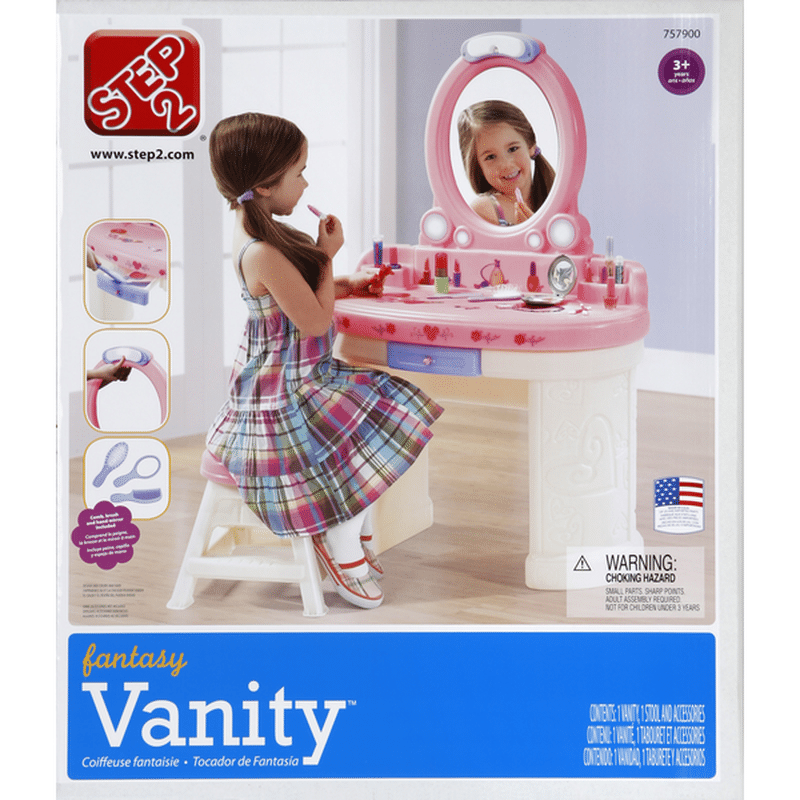
In the realm of fantasy role-playing games (RPGs), character creation is a cornerstone of the experience. It’s a process of shaping a unique individual, imbuing them with abilities, traits, and a backstory that will unfold in the game’s world. Within this process, players often encounter a crucial decision: choosing their character’s appearance. This is where the concept of "Step 2 fantasy vanity dimensions" comes into play, offering a captivating avenue to express creativity and personalize the player’s journey.
Understanding the Concept
Step 2 fantasy vanity dimensions refer to the second stage of character customization in RPGs, focusing specifically on the character’s physical appearance. This stage follows the initial step of selecting a character’s race, class, or other fundamental aspects. It’s the moment where players delve into the details, shaping their character’s features, attire, and overall aesthetic.
The Significance of Step 2
While seemingly superficial, the impact of Step 2 on the player’s experience is profound. Choosing a character’s appearance is not simply about aesthetics; it’s about forging a connection with the character, imbuing them with personality and individuality. This connection can significantly enhance the immersion and emotional investment in the game.
Here’s why Step 2 is crucial:
- Enhanced Immersion: A visually appealing and personalized character can significantly enhance the player’s sense of immersion in the game world. It allows them to feel a stronger connection to their avatar, making the gameplay experience more captivating and engaging.
- Expression of Creativity: Step 2 provides a canvas for players to express their creativity. They can experiment with different features, hairstyles, clothing styles, and even customize their character’s armor and weapons. This creative freedom allows players to bring their own unique vision to the game.
- Building a Unique Identity: The choices made in Step 2 contribute to the character’s overall identity. A carefully crafted appearance can subtly convey personality traits, backstory elements, and even the character’s alignment. This adds depth and complexity to the character, making them feel more real and relatable.
- Social Interaction: In multiplayer RPGs, a character’s appearance plays a crucial role in social interactions. It can influence how other players perceive the character, leading to friendships, rivalries, or even alliances. A well-designed character can create a positive first impression and foster meaningful connections within the game’s community.
Exploring the Dimensions of Step 2
Step 2 fantasy vanity dimensions encompass a wide range of customization options, allowing players to fine-tune their character’s appearance in great detail. Here’s a breakdown of the key elements:
1. Facial Features:
- Shape: This includes the overall structure of the face, from the shape of the chin and forehead to the contours of the cheekbones and jawline.
- Eyes: Players can select eye color, shape, size, and even add details like wrinkles or bags under the eyes.
- Nose: The nose can be customized in terms of size, shape, and the presence of features like a bump or a crooked bridge.
- Mouth: This includes the shape of the lips, the size of the teeth, and the presence of any distinctive features like a scar or a cleft chin.
- Ears: Players can adjust the size, shape, and position of the ears, adding details like piercings or even elf-like points.
2. Hairstyle and Hair Color:
- Style: From braids and buns to elaborate updos and flowing locks, RPGs often offer a vast array of hairstyles to choose from.
- Color: Players can select from a wide range of natural hair colors or even opt for vibrant, unnatural shades to add a touch of flair.
3. Body Shape and Physique:
- Height: Players can adjust their character’s height, ranging from petite to towering.
- Build: Options for body build can range from slender to muscular, allowing players to create characters with different physiques.
- Skin Tone: Players can choose from a spectrum of skin tones, from pale to dark, reflecting various ethnicities and skin types.
4. Clothing and Armor:
- Style: RPGs offer a wide array of clothing styles, from simple peasant garb to elaborate royal attire.
- Customization: Players can often customize their character’s clothing, choosing colors, patterns, and even adding accessories like belts, hats, or jewelry.
- Armor: For characters who engage in combat, armor customization is crucial. Players can choose from different types of armor, each with its own aesthetic and protective benefits.
5. Accessories and Details:
- Weapons: The choice of weapons can also be considered a part of Step 2, as it often influences the character’s overall appearance.
- Facial Hair: For male characters, options for facial hair can range from clean-shaven to elaborate beards and mustaches.
- Tattoos: Some RPGs allow players to add tattoos to their characters, adding a personal touch and reflecting their backstory.
- Scars: Scars can be added to the character’s body, reflecting past injuries or battles.
The Art of Character Design
The process of designing a character in Step 2 is not simply about making choices; it’s about crafting a cohesive and compelling visual representation of the character’s personality and backstory. Here are some tips to create a memorable and effective character design:
- Consider the Character’s Backstory: The character’s backstory should inform the design choices made in Step 2. For example, a character who grew up in a harsh environment might have weathered skin and rough clothing, while a character from a noble family might have elegant attire and polished features.
- Choose a Consistent Aesthetic: The character’s appearance should be consistent with their overall personality and role in the game. A warrior might have a muscular build and wear heavy armor, while a mage might have a more slender frame and wear flowing robes.
- Pay Attention to Detail: Small details can make a big difference. Consider adding accessories like a necklace, a ring, or a scar to add depth and character to the design.
- Experiment and Iterate: Don’t be afraid to experiment with different options and iterate on your design until you’re satisfied with the result. The process of character creation is an iterative one, and it’s important to be open to making changes along the way.
FAQs about Step 2 Fantasy Vanity Dimensions
Q: What is the purpose of Step 2 fantasy vanity dimensions?
A: Step 2 aims to provide players with a personalized and engaging experience by allowing them to create a unique and visually appealing character that reflects their preferences and creativity. It enhances immersion, fosters social interaction, and adds depth to the overall gameplay experience.
Q: How does Step 2 affect the gameplay?
A: While Step 2 primarily focuses on aesthetics, it can indirectly impact gameplay. A well-designed character can enhance the player’s sense of immersion, leading to more engaging gameplay. Additionally, the character’s appearance can influence social interactions with other players, potentially impacting alliances, rivalries, or even the player’s reputation within the game’s community.
Q: Are there any limitations to Step 2 customization options?
A: The extent of customization options varies depending on the specific RPG. Some games offer a wide range of choices, while others may have more limited options. Additionally, some games may impose restrictions on certain aspects of character design, such as limiting the availability of certain hairstyles, clothing styles, or armor types based on the character’s race, class, or other factors.
Q: Can I change my character’s appearance after Step 2?
A: The ability to change a character’s appearance after Step 2 depends on the game. Some RPGs allow for a limited amount of customization after the initial character creation process, while others may not allow any changes at all. It’s important to check the game’s specific rules and features before making any decisions.
Q: What are some examples of games that offer extensive Step 2 customization?
A: Games like "The Elder Scrolls V: Skyrim," "Final Fantasy XIV," "Black Desert Online," and "Guild Wars 2" are known for their extensive character creation systems, offering a wide range of options for players to personalize their characters.
Conclusion
Step 2 fantasy vanity dimensions are a crucial aspect of character creation in RPGs. They provide players with the opportunity to express their creativity, build a unique identity, and enhance their immersion in the game world. By carefully considering the character’s backstory, choosing a consistent aesthetic, and paying attention to detail, players can create memorable and engaging characters that add depth and richness to their gameplay experience.
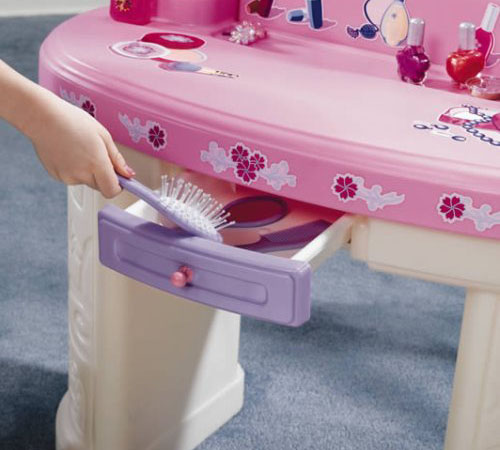
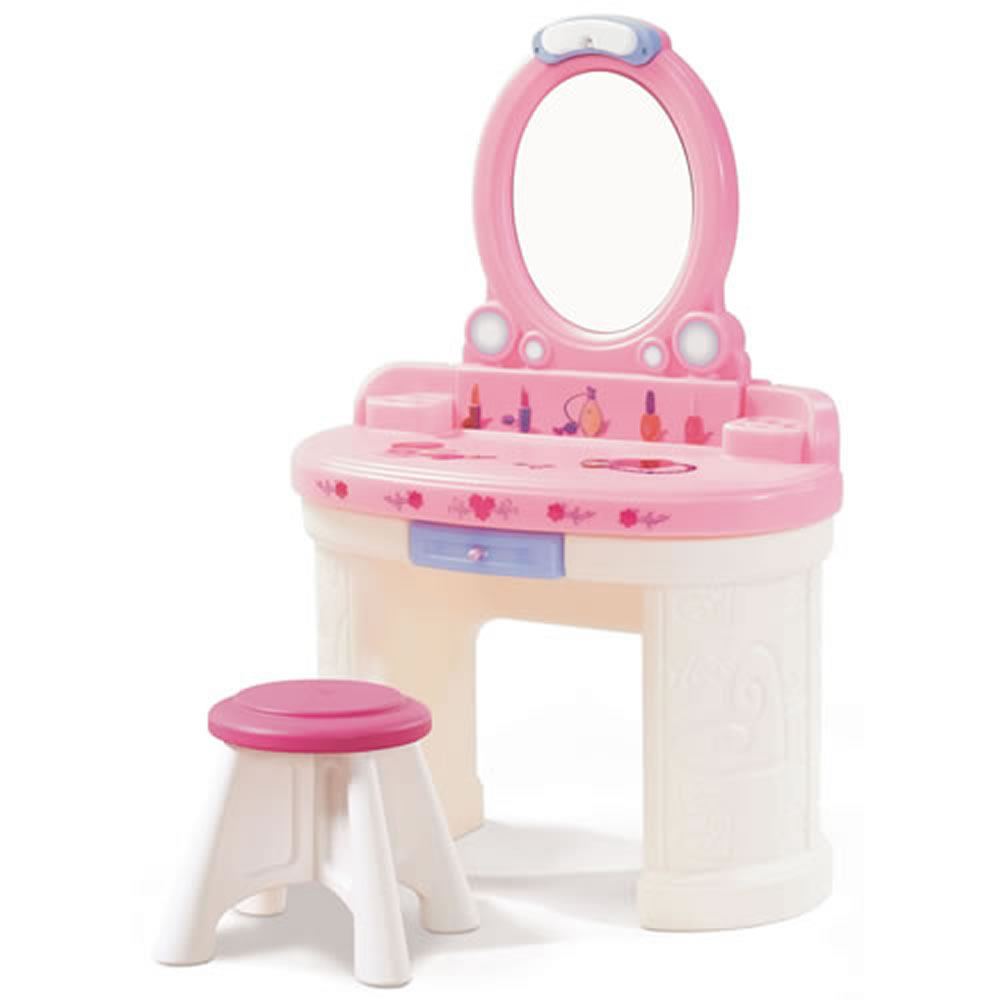


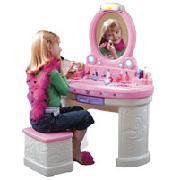
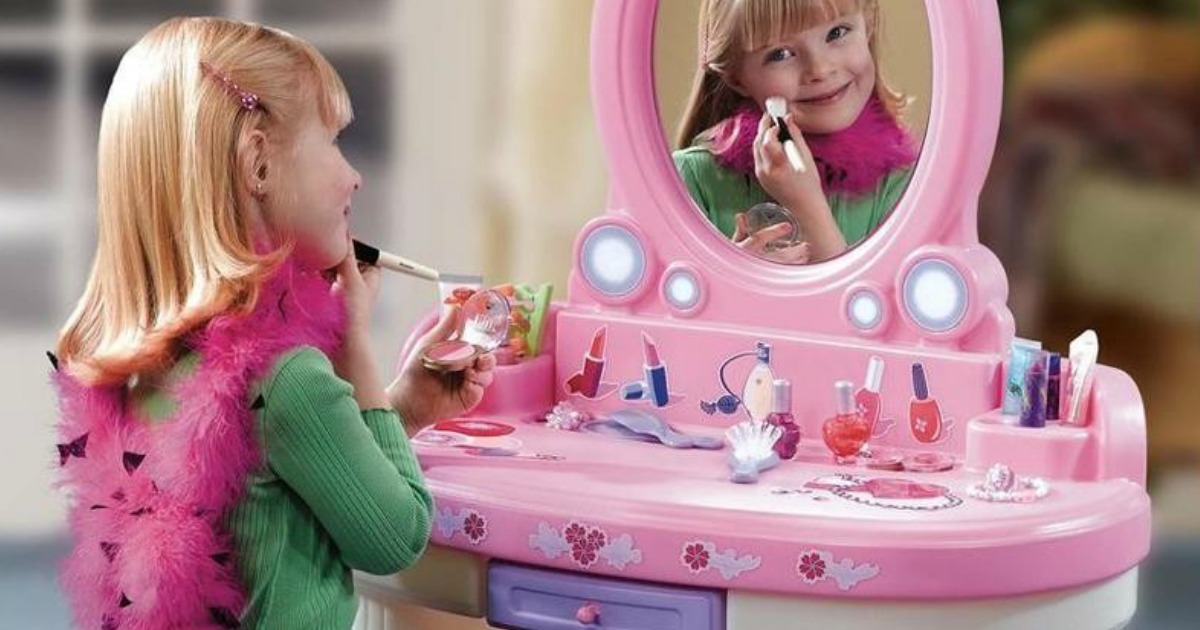
Closure
Thus, we hope this article has provided valuable insights into Unveiling the Enchanting Realm of Step 2 Fantasy Vanity Dimensions. We thank you for taking the time to read this article. See you in our next article!